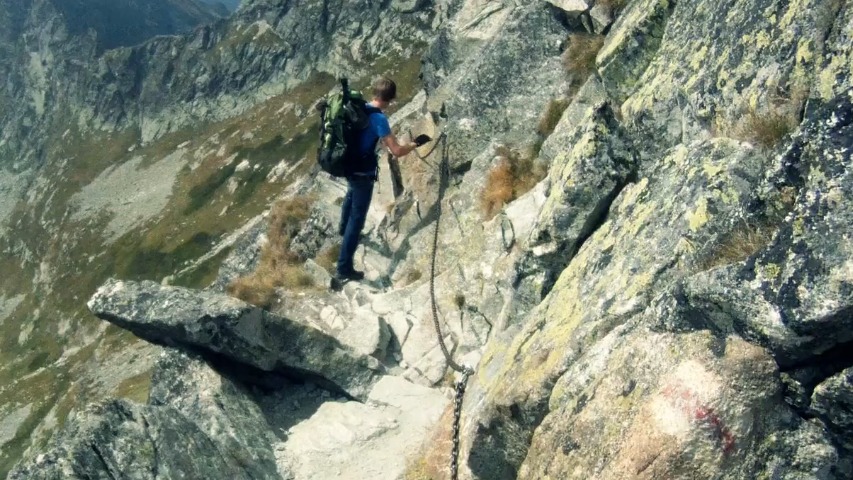Make an adventure story
Write and illustrate an original adventure story, design characters and a map, then perform it aloud using simple props to share with others.



Step-by-step guide to make an adventure story
How to Write an Imaginative Narrative for Kids Episode 3: Planning Your Story
Step 1
Gather all the Materials Needed and find a comfy spot to create.
Step 2
Think of an adventure idea by choosing a hero a goal and one big problem they must solve.
Step 3
Draw your main character on an index card and write their name and two short personality traits on the same card.
Step 4
Draw a sidekick or villain on a second card and write one thing they love and one thing they fear.
Step 5
Make a simple map on a sheet of paper showing the starting place the goal and two cool stops between them.
Step 6
Write a short outline with a clear beginning a middle and an end using three or four bullet points.
Step 7
Turn your outline into a short adventure story by writing one or two sentences per page or paragraph.
Step 8
Illustrate each page or paragraph with drawings that match the action or places on your map.
Step 9
Make 2 or 3 simple props from cardboard boxes socks or spoons and decorate them to match your characters or items.
Step 10
Practice reading and acting out your story aloud using your props and your map to show locations.
Step 11
Invite family or friends to watch and perform your full adventure aloud using your props the map and expressive voices.
Step 12
Share your finished story illustrations map and a photo or short video of your performance on DIY.org so others can see your adventure.
Final steps
You're almost there! Complete all the steps, bring your creation to life, post it, and conquer the challenge!


Help!?
What can we use instead of index cards, cardboard boxes, or spoons if we don't have them?
If you don't have index cards use cut-up printer paper or cereal-box pieces for drawing characters, replace cardboard boxes with shoe boxes or folded cardstock for props, and swap spoons for rolled socks, wooden spatulas, or recycled plastic utensils.
My props keep falling apart or my child gets stuck turning the outline into pages—what should we do?
Reinforce fragile props with tape or hot glue before practice and if the child is stuck turning the three-or-four bullet-point outline into pages, pick one map stop and write just one sentence about it to turn into a single illustrated page to build momentum.
How can I adapt the steps for younger or older kids?
For preschoolers, simplify by making one big map stop, drawing characters on larger paper with an adult scribing the one-sentence pages and using one prop, while older kids can add a subplot, write four-or-more bullet points in the outline, create detailed cardboard props, and rehearse expressive voices.
How can we extend or personalize the adventure after the basic performance?
Enhance the project by turning the illustrated pages into a stapled booklet, adding homemade sound effects or a phone soundtrack during performance, decorating costumes that match your map locations and props, creating choice-based branch points at the two cool stops, and sharing photos or a short video on DIY.org.
Watch videos on how to write, illustrate, and perform an adventure story
How to Create a Choose Your Own Adventure Story using Google Slides
Facts about storytelling and creative writing for kids
✍️ Maurice Sendak both wrote and illustrated Where the Wild Things Are (1963), showing how pictures and words can grow a single story together.
🗺️ J.R.R. Tolkien drew detailed maps of Middle-earth to keep places, journeys, and timelines consistent while writing The Hobbit and The Lord of the Rings.
🎭 Oral storytelling — telling tales aloud with gestures and props — is older than writing and was used for teaching, history, and entertainment for thousands of years.
📚 Treasure Island (1883) by Robert Louis Stevenson helped shape the classic treasure-hunt adventure story kids still love.
🧭 Writers and illustrators often create story maps and character sketches to track journeys and keep adventures exciting and believable.
How do you guide a child to create and perform an original adventure story?
What materials do I need to make an illustrated adventure story and props?
What ages is this adventure storytelling activity suitable for?
What are the benefits of writing, illustrating, and performing an adventure story?


One subscription, many ways to play and learn.
Only $6.99 after trial. No credit card required



